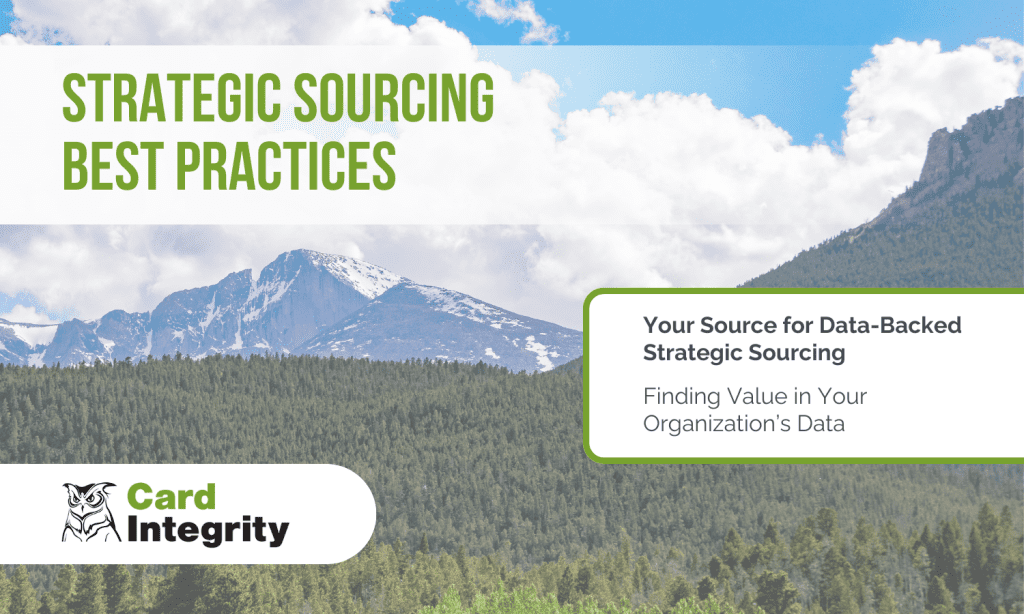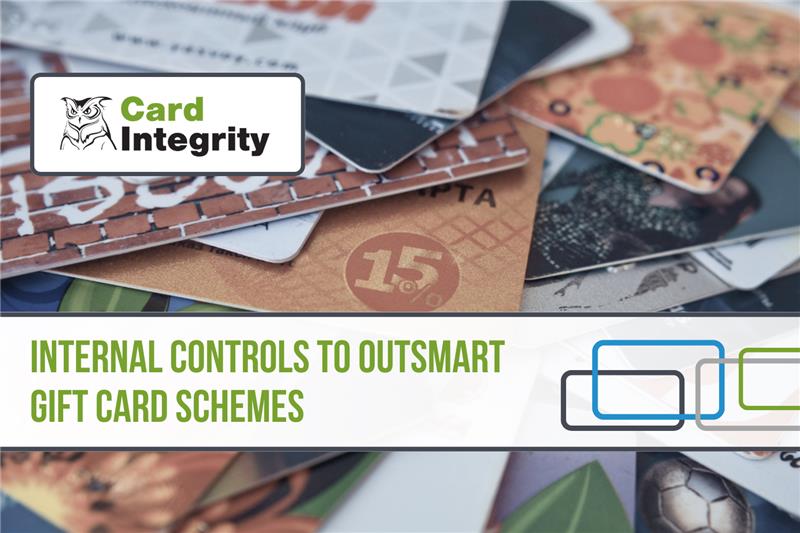Putting together a future-oriented procurement and/or sourcing strategy requires a lot of attention to detail. You want to minimize risk, but at the same time, you know that for change to happen, you need to take some risk. Maybe your sourcing process is based on price, delivery time, and availability, without much thought as to anything deeper. You know that this CAN be improved, but it’s the “how” and the “do I have time for it” that are tricky.
It’s hard! And sourcing and procurement professionals already know that there’s no mystical answer to solve all these problems overnight. A true forward-thinking approach takes giving your entire organizational spend a candid, legitimate look from every angle and improving the process step-by-step.
Potential areas for improvement
Supplier relationship management
Evaluating your suppliers’ performance and taking action is just one piece of the supplier relationship management puzzle. The potentially bigger piece is all about developing and nurturing relationships. It’s a learned skill that doesn’t come naturally to everyone, but like with all things, it gets better with experience and practice. Strong contract and price negotiation skills should be utilized if you are lucky (or experienced!) enough to have them. Those of us with direct reports know that managing human beings can be difficult and delicate: managing suppliers is much like that on a larger scale. The best business relationships form because two organizations are natural fit from the get-go.
Managing supply risks
If you’re looking at improving your sourcing strategy, there’s a good chance you know what your supply risks are. Duplicate payments is a common one. If they plague your organization, know that you’re not alone: 40% of organizations deal with this on 1-5% of their invoices. That’s a lot of money being thrown away for absolutely nothing! Improving the visualization of your spend data (and by this we mean your ENTIRE organizational spend, both on the AP side with invoices and procurement with travel cards, P-Cards, etc.) is a surefire way to nip this problematic issue in the bud.
Maybe you don’t know exactly what your supply risks are, and that’s okay too. Improving the visualization of your spend data can identify them. These problems arise when things go unnoticed and unacted upon, after all.
Improving organizational spending habits
Maybe your organization wants to improve its supplier diversity (HUB/DBE) spend, or buy from more environmentally sustainable sources. All of these better spending habits can be incorporated into a forward-thinking approach to a sourcing plan.
Profile the category, understand the supply market, and develop your strategy
You may be familiar with the “Seven Steps of Strategic Sourcing”, developed by A.T. Kearney in 2001. The first three steps are the most important to getting your long-term sourcing plan off of the ground. They are:
- Profile the category and create a needs analysis
- Understand your market
- Develop your strategy
This involves a lot of research and relationship-building. When you profile the category, you’re looking at supply and demand, how much you’re buying, and categorized business spend (by department, by product, by supplier). Create a needs analysis from the information that you have categorized and validated.
Then, it’s time to do research on the market. What’s the price of goods and services? Depending on your industry, what’s the price of raw goods and commodities? Transportation and labor also come into play.
From there, it’s time to propose a long-term sourcing strategy backed by the data that you’ve accumulated. Consider both current and potential vendors. And importantly, be open to renegotiating with your current suppliers.
Your Source for Data-Backed Strategic Sourcing
Card Integrity is committed to helping you find value in your organization’s data. Learn more tips and tricks in our Strategic Sourcing Best Practices eGuide. It’s free to download and is packed with information for those looking to reinvigorate their sourcing strategy with a more forward-thinking approach.




